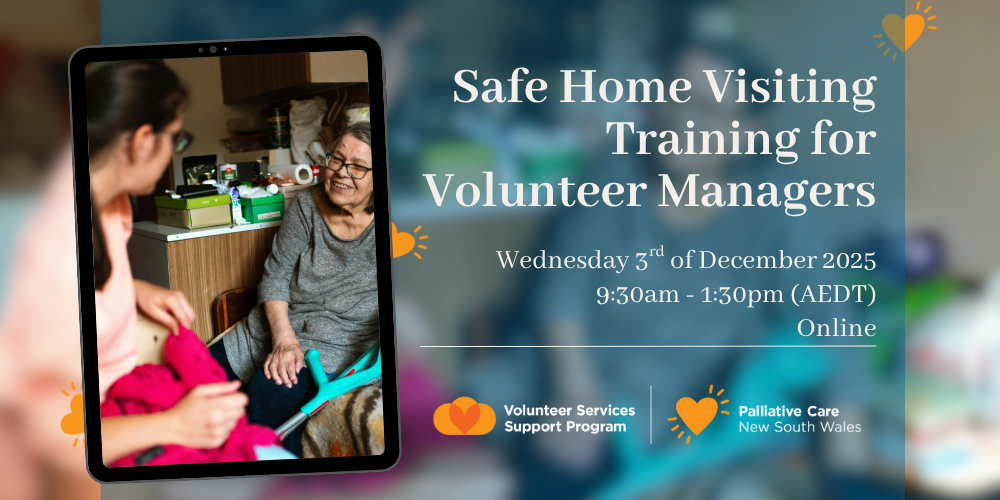
A Day in the Life of an Occupational Therapist
- by Maria Lopez
- June 16, 2016
We asked an OT ‘what does an average day look like for you?’. Dale shares her thoughts:
Before I describe a typical day for me at work, here’s a little background about me and how I see my profession:
I started working as an occupational therapist in 2000 after completing my Bachelor of Applied Science at the University of Sydney. I’ve managed to work in many varied fields within my profession over the past 16 years – occupational rehabilitation, paediatrics, all areas of acute care hospital work (orthopaedics, cardiology, renal, neurology, neurosurgery, oncology, aged care etc.), inpatient rehabilitation and community rehabilitation.
I’ve loved all of my jobs as an OT and really can’t pick a favourite! – it’s such a rewarding profession.
With so many varying fields, it’s easy to see why people get confused about what occupational therapy is. At the core of every role I’ve undertaken, is a concept I learnt about in my 1st year at university – it is the concept that humans have a need or an urge to participate in purposeful or meaningful activities.
In paediatric therapy, choosing purposeful activities can encourage the development of sensory-motor skills, in dementia care, engaging individuals in activities which are meaningful to them can reduce adverse behaviours, improve mood and improve overall well-being. At every stage of life, humans are interested in participating in activities which they find meaningful and purposeful. Of course, what is meaningful to one person may be meaningless to another.
So, working out how to harness this concept in the varying fields of occupational therapy can be challenging, interesting, at times mind-boggling, but never boring!
So – a Day in the Life of an OT:
At the moment, I work part-time in a large private acute care hospital, as I spend the rest of my time looking after my 3 young kids! I cover all wards within the hospital, although the majority of my caseload consists of neurology, aged care and oncology patients. Being part-time, I often only see patients once or twice. In a typical day, I usually see a variety of patients.
The oncology patients who are referred to me have usually been recently linked to Palliative Care services. My role involves explaining to patients and their family the adaptive equipment options that are available to assist them to return home to be cared for by family with the support of the community palliative care team.. These equipment options may include hospital beds, alternating air mattresses, mobile commode chairs, hoists, wheelchairs and a variety of other adaptive equipment. If needed, I can make arrangements for necessary equipment to be issued or hired and set up in the home environment.
Although this role is sandwiched between a very hectic day of seeing many aged care patients and patients who have had a stroke on various wards, I always take time to read my palliative care patients’ notes carefully. I speak to the ward case manager if possible, so I can gauge what sort of day my patient is having, and when I meet them I am guided by their mood and interest in what I have to say.
Some patients are too exhausted to speak to me, and with their permission I speak with their family members. Some patients are very interested in the equipment options available to them, as it can open up a world of returning home that they may not have thought was possible or practical.
Some patients have had a sudden reduction in their physical capacities and find the idea of talking about adaptive equipment options foreign, very confronting and often something they don’t have the strength to consider. I try to offer a gentle approach with these patients and only provide information that is useful to them at the time.
Many people see equipment items such as wheelchairs and hospital beds as symbols of illness and disability, and I can understand this as a very valid viewpoint. However, I see adaptive equipment items as fantastic enablers!
For a patient who is struggling to walk but wants to go home to be cared for by a family member, a mobile commode eliminates the need to walk to and from the bathroom, freeing up much needed energy for more meaningful activities, for a patient who is very unwell but wants to see his recently renovated apartment completed, a wheelchair and wheelchair taxi allows him to see his vision come to life, and for a patient who is on bedrest, setting up a hospital bed at home allows her to rest in a familiar environment, surrounded by family.
Just as a car or plane can help a person get from A to B, so too can a walker, a wheelchair, a mobile commode or a hoist – they are just pieces of equipment that assist the human body to get where it needs to go!
My experiences in oncology and palliative care have taught me that dying well means different things to different people. My own values and ideals have previously clouded my understanding of what dying well might look like. I had always thought that I would like to die at home, surrounded by family. However, I now think, given the choice, I may choose to die in hospital.
Both options have their merits. I have seen how a well run oncology ward can provide a calm, peaceful environment to share final moments with family, and when those final moments have passed, family members are well cared for by staff and the practical issues are seamlessly taken care of. This, to me, seems ideal. A younger version of myself would have disagreed!
Working as an occupational therapist within the palliative care environment has been confronting, challenging, but most of all rewarding. Each time I see a patient, any patient, I aim to improve their quality of life, using my professional knowledge and my life experience – when I achieve this, whether it be something seemingly insignificant in that moment that I am with them, or assisting their future plans, I am immensely satisfied.
And just before I go, I’d love to share with you a wonderful resource for sourcing adaptive equipment for the home environment – the Independent Living Centre NSW website: https://www.ilcnsw.asn.au/ In addition to their amazing website, this service provides access to free advice via phone, email or in person. Check it out if you’re interested!
Wishing you a meaningful day!
Cheers,
Dale
Pic: Dale with her kids
Upcoming Events
- DECEMBER 2, 2025
- 10:00 AM - 12:00 PM
NSW Network of Managers of Palliative Care Volunteers – December meeting & Christmas lunch
The role of the Network is to ensure best practice for managers of palliati...
Read more- DECEMBER 3, 2025
- 9:30 AM - 1:30 PM
Safe Home Visiting – Training for Palliative Care Volunteer Managers
Safe Home Visiting will assist you to make your home visits productive and ...
Read moreBecome a member of Palliative Care NSW
Palliative Care New South Wales is the peak body in NSW representing palliative care providers and those with an interest in palliative care. Palliative Care New South Wales is a member of the national peak body Palliative Care Australia.
Join today and receive discounts, benefits and more!
Special member rate available for volunteers.
Subscribe to our eNews
Be the first to know our latest new, events, and research!
SUBSCRIBE TO ENEWS




